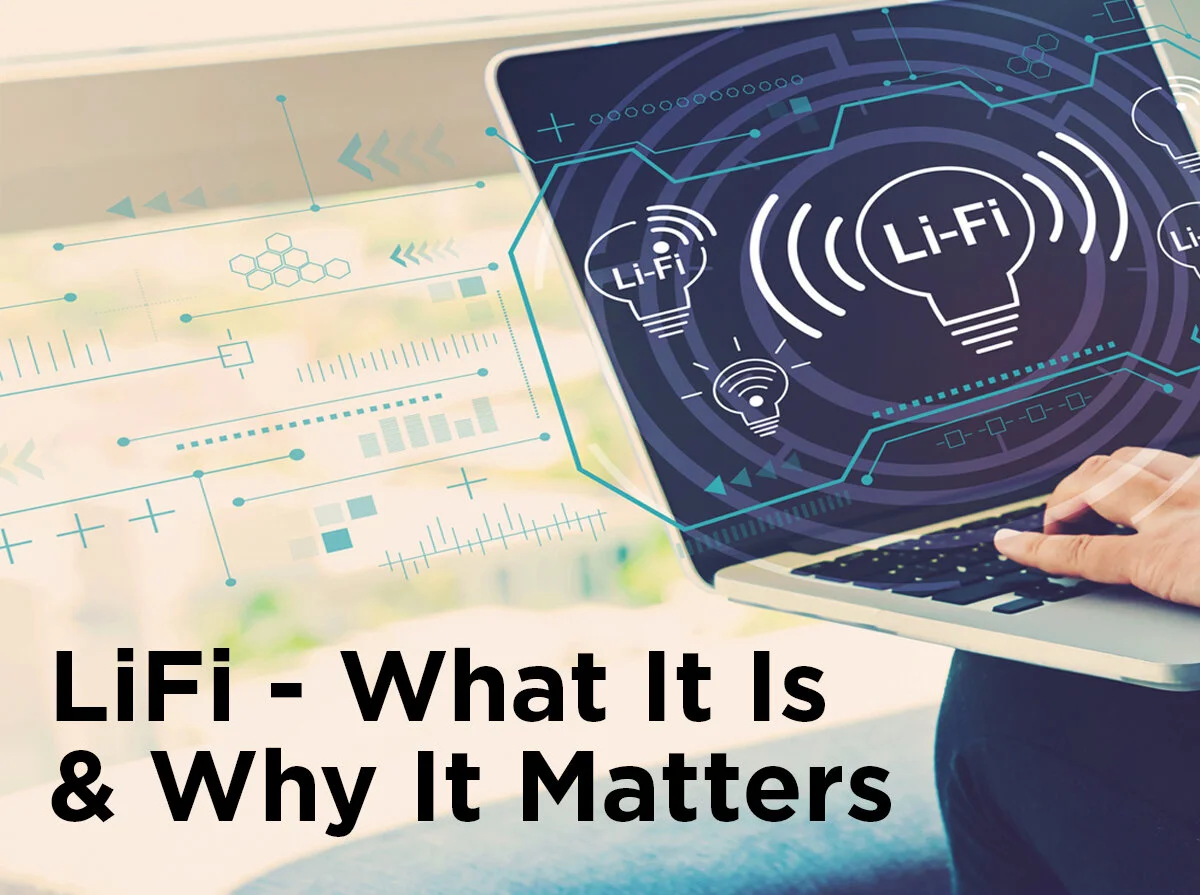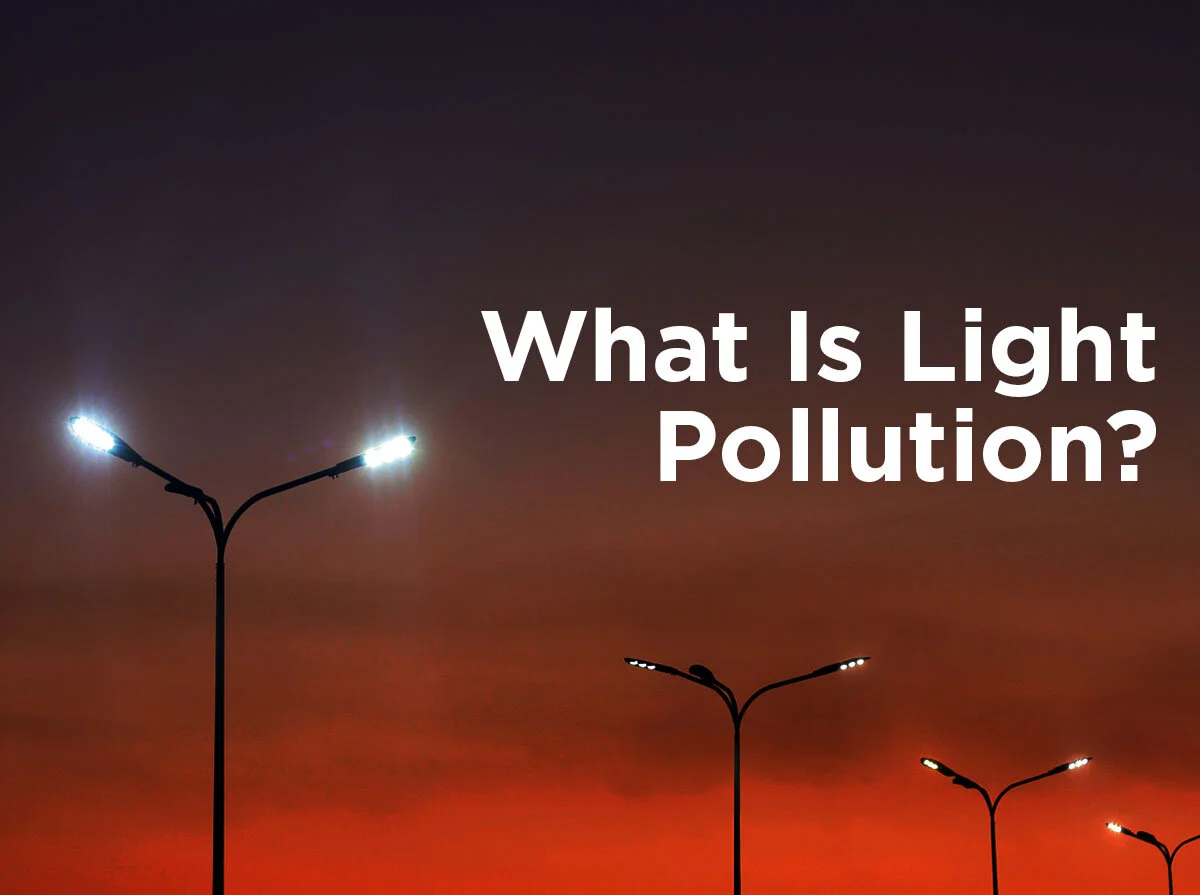LiFi - What It Is & Why It Matters
One of the biggest innovations in the area of photonics science, which is the studies the different aspects and properties of light, is Li-Fi (light fidelity). Li-Fi paves the way for the ability for data to be transferred via leds, such as the ones you find in today's light bulbs. While most people think that a connected LED light bulb is just one that you can turn on and off using an app on your phone, the research being done means that you could use the light bulbs in your home or office (along with some additional hardware) for super fast web access. Similar to Wi-Fi (wireless fidelity) which most people are aware of, Li-Fi is a networking technology that allows for the transmission and reception of data. Instead of using radio waves, Li-Fi uses light. This is an important distinction because radio waves suffer from interference. In fact, there was a time when if you had a 2.4Ghz cordless phone you might interrupt your home internet if you were using a router or access point that also used a 2.4GHz signal. As more radios make their way in our homes with the emergency of smart thermostats, smoke alarms and other connected devices reducing any potential crossed signals with them all helps to ensure that speeds are optimal while accessing the web or downloading files.
Li-Fi is also getting attention because of the potential speeds it can provide. While Google has people all over the US clamoring for gigabit (1 Gbps) internet service, Li-Fi has the potential to hit speeds of 3 terabits per second (Tbps). No one may never see transfer rates that high but that maximum is much higher than Wi-Fi which tops out at 7 Gbps.
Researchers are working to see how fast they can get Li-Fi to go and the results have been pretty amazing. Reports came out about Sisoft, a Mexican company, reaching speeds of 10 Gbps. Then, in February 2015, Oxford researches were able to transmit data at a speed of 224 Gbps using light.
All of this speed won't be available in anything you can buy off the shelf in a store anytime soon. There are many hurdles between this discovery and making it commercially viable. The first hurdle is that even if you can get light to transfer data as quickly as researchers have been able to in a lab, you need a way to taking that information and doing something with it. This means that you'd need extra equipment to help facilitate the data transfer. Also, Li-Fi requires line of sight so unlike Wi-Fi where you can have your router in the bedroom but still check email on your iPad downstairs, you'll have to stay in the room with the equipment to enjoy the fast speed. Even if all of this hardware were free (which is certainly won't be), you also have to consider how much it matters if your computer can only process information up to a certain speed. There are limits on how much data a processor can churn, how quickly the memory can move data in and out and how fast it can be stored or accessed by a hard drive or storage card. I'm reminded of when people started getting cable modems using old Pentium II computers wondering why AOL still didn't load any faster.
While Li-Fi is far from being perfected some version of it could make it LED lighting similar to what's currently available on the market today. When it does, it will be amazing but until them we'll all have to settle for using Wi-Fi at home and getting fast web access using 4G LTE on our phones and tablets. We're in an exciting time where lighting can help advance technology in a more meaningful way than the cell phone.







